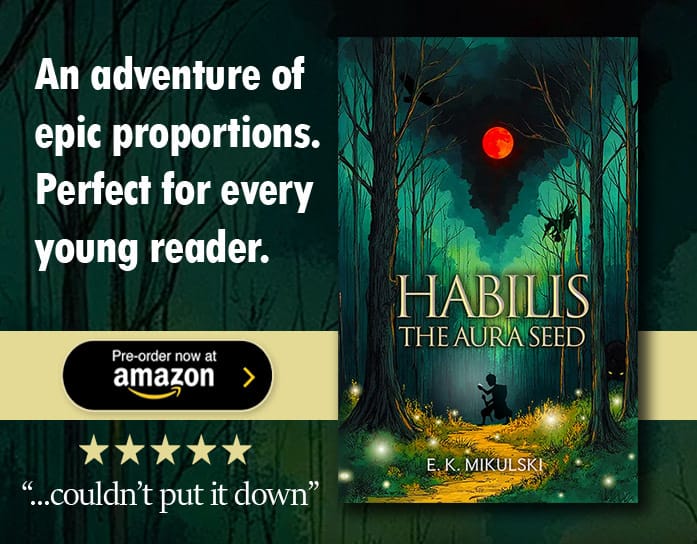Trying to predict whether a new TV drama will soar or stumble has always been a bit of a gamble. With countless titles launching each year, only a few truly break through and capture the public’s attention. For SpoilerTV’s audience, people who follow ratings, trends, and behind-the-scenes shifts, this unpredictability is part of the thrill.
But how do networks and creators decide what shows are worth the investment? Is it gut instinct, cold data, or something in between? This article explores how the industry balances human intuition with data science to forecast the next big hit, or avoid the next big flop.
The Traditional Gamble: Intuition and Experience
For a long time, making decisions about which TV dramas to greenlight relied on gut instinct and experience. Network executives leaned heavily on what had worked before. They looked for recognizable faces, emotionally gripping plots, and time slots that promised big audiences. Casting well-known actors, for example, was expected to attract viewers. This kind of gut-driven decision-making isn’t unique to television, it’s similar to how players engage with sweepstakes casinos, where intuition often drives decisions. Read further and learn how sweepstakes casinos really work, including tips on spotting legit platforms, avoiding scams, and how to redeem real cash prizes.
But relying on instinct alone has always been a bit of a gamble. Some shows that checked all the supposed boxes still failed to catch on. Several high-profile flops proved that even well-funded shows with big names and buzz didn’t always land with audiences.
Data-Driven Predictions: A Modern Approach
These days, trusting your gut isn’t always enough when it comes to choosing which TV dramas to back. With so much content competing for attention, networks now use data to guide their decisions. Behind the scenes, teams look at everything from casting and genre to scheduling to predict how a show might perform.
In fact, even something as seemingly straightforward as a TV schedule can influence success, with networks carefully analyzing timing, lead-ins, and viewer habits.
One study of Japanese TV dramas found something interesting. When researchers included details from promotional posters, like facial expressions, their predictions about a show's ratings improved. A study analyzing Japanese TV dramas, for instance, from 2003 to 2020 found that incorporating facial features from promotional posters significantly improved rating predictions. According to a study published in PLOS One, analyzing 800 Japanese TV dramas revealed that factors like genre, cast, and broadcast details significantly impact ratings.
The Human Element: What Numbers Can’t Always Explain
Even with all the tech tools available, some parts of a show's success are still hard to measure. Things like pop culture shifts, current events, and changing viewer moods play a big part in how a show is received.
Take the recent comeback of medical dramas. Shows like ABC’s Doctor Odyssey and Max’s The Pitt have drawn big attention, even though this genre had cooled off for a while. These series hit a nerve with audiences in ways that numbers alone couldn’t have predicted.
They’ve sparked strong reactions and emotional conversations, showing that people connect with more than just the plot. It’s the same reason why heartwarming movies continue to resonate, viewers are often drawn to stories that offer emotional comfort, nostalgia, or hope.
Nostalgia, meaningful characters, and how timely a story feels can all make a huge difference. That’s why it still matters to understand the emotional side of TV, because not everything that works can be measured on a chart.
Balancing Data and Instinct in TV Drama Success
At the end of the day, there’s no perfect formula for predicting if a TV drama will be a hit. It’s a mix of planning, gut feeling, and sometimes just plain luck. While data helps spot patterns and gives networks a better idea of what could work, it can’t always capture how people truly feel or what’s happening in the world that might affect how a story lands.
That’s why both sides matter, the numbers and the storytelling. Every new show is a bit of a gamble, whether it’s backed by stats or a creative instinct. The real win comes when networks and creators manage to strike that balance, using data to guide them but trusting their sense of what will genuinely connect with viewers.












